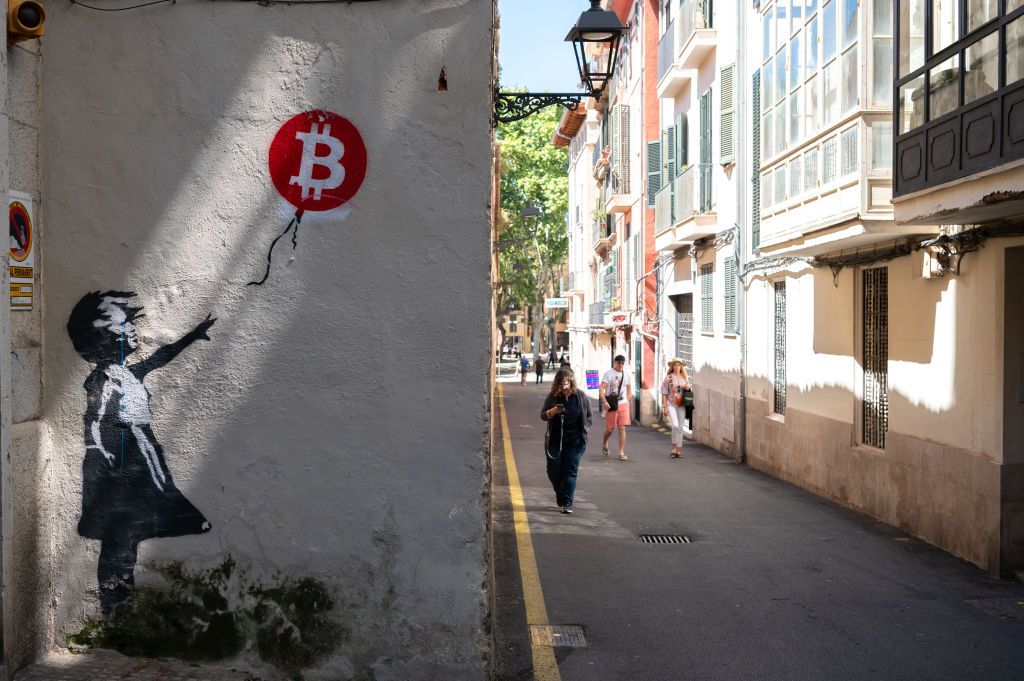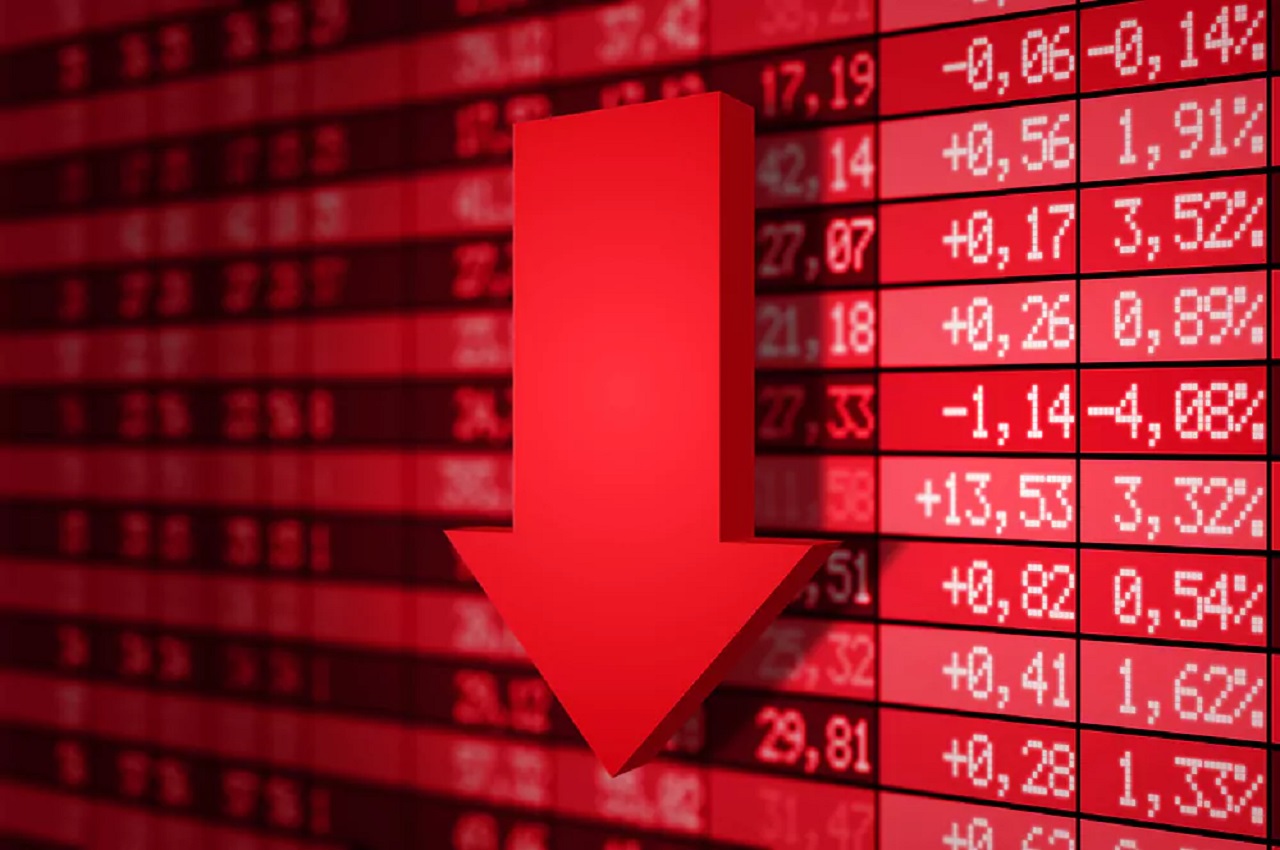The battered crypto market awaits the Bitcoin (BTC) blockchain’s fourth mining reward halving, due in April 2024, in hopes it would kickstart a major run higher, living up to its past reputation as a major bullish catalyst.
Traders, however, should note that previous halvings did not necessarily catalyze bull runs single-handedly. Macro likely also played a significant role, mainly in the form of abundant fiat liquidity conditions, according to data tracked by MacroMicro.
Bullish reward halvings?
Reward halving refers to already-programmed code that reduces bitcoin’s pace of supply expansion by 50% every four years. The next halving will reduce the per-block reward paid to miners to 3.125 BTC from 6.25 BTC.
Previous halvings happened in November 2012, July 2016 and May 2020, with bitcoin chalking out triple-digit price rallies to new record highs in the subsequent 12-18 months before entering notable downtrends.
Those bear markets ran out of steam roughly 15 to 16 months before the next halving. Bitcoin’s year-to-date gain of 56% in 2023, marking a recovery from the depth of the past year’s bear market, is consistent with the timing of the previous price bottoms.
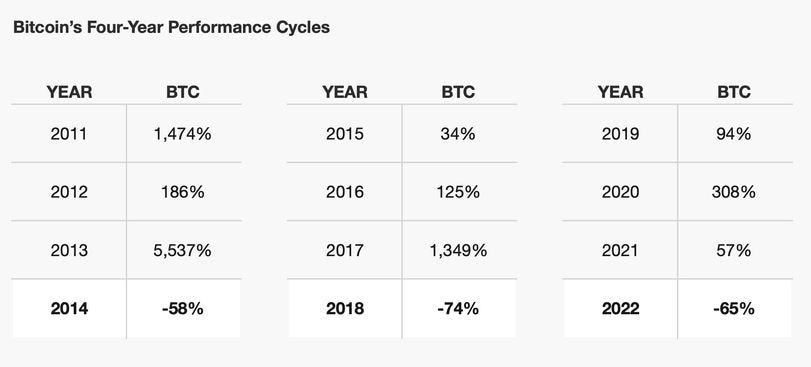
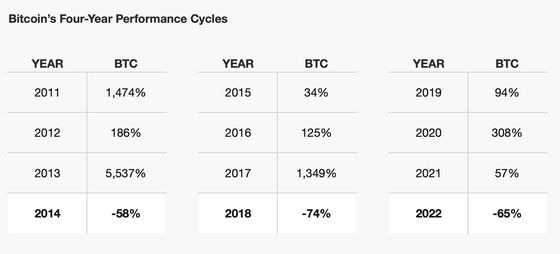

Bitcoin’s halving-focused four-year market cycles (Bitwise) (Bitwise)
Don’t ignore the M2 growth rate
The magnitude of the expected halving-led uptrend has been and will continue to be likely contingent on major central banks – U.S. Federal Reserve, European Central Bank, Bank of Japan and People’s Bank of China – boosting their year-on-year M2 money supply growth rates.
The aggregate M2 of the four major central banks represents the total value of their respective fiat currency circulating in the market.
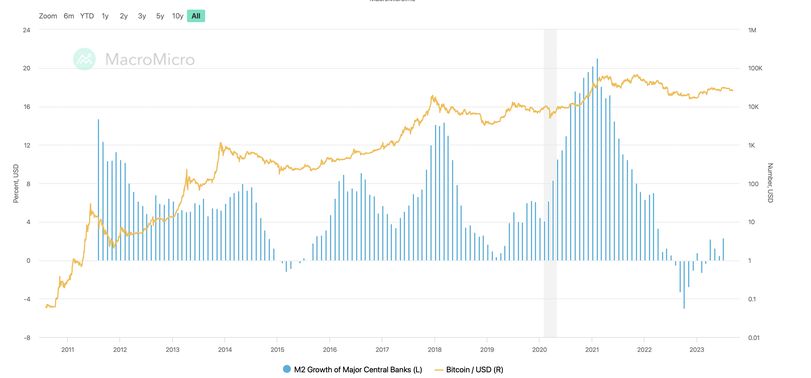
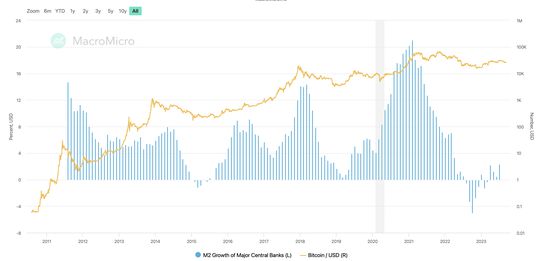

The higher M2 goes, the higher bitcoin price could go. (MacroMicro) (MacroMicro)
The previous post-halving bull runs were characterized by a 6% or higher aggregate M2 money supply growth of the Fed, ECB, BOJ and PBOC. Meanwhile, bear markets coincided with a deceleration in the money supply growth rate.
The pattern validates the popular argument that bitcoin is a pure play on fiat liquidity.
While the total M2 money supply growth rate has turned positive this year, it remains well below the 6% mark. The Fed and most other central banks have raised rates rapidly over the past 12-18 months to tame inflation, and the probability of renewed liquidity easing in months ahead appears low.






